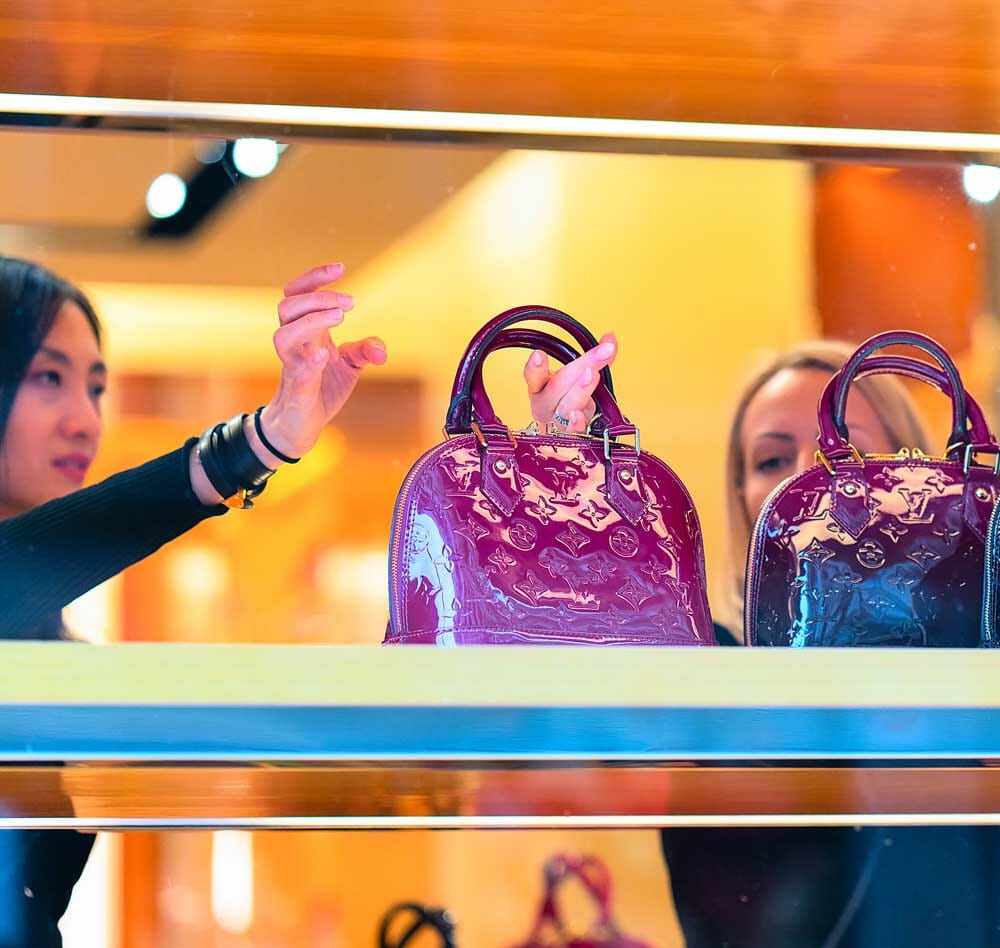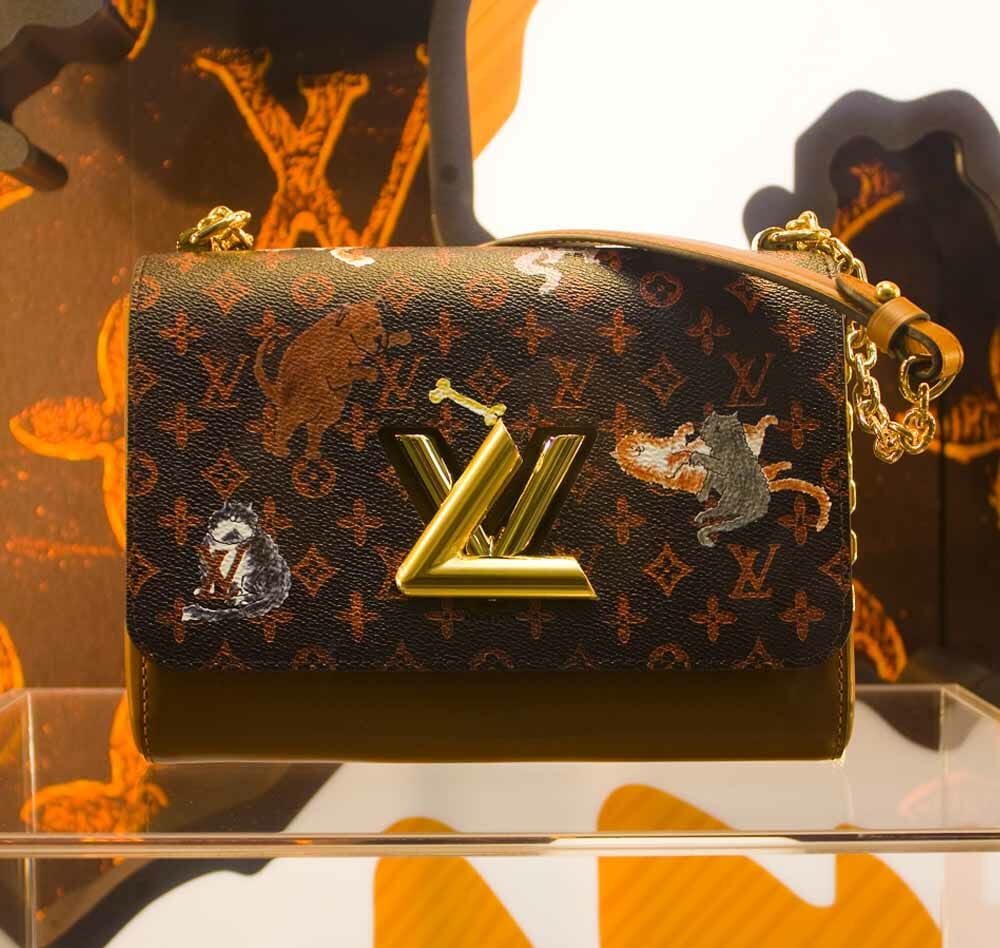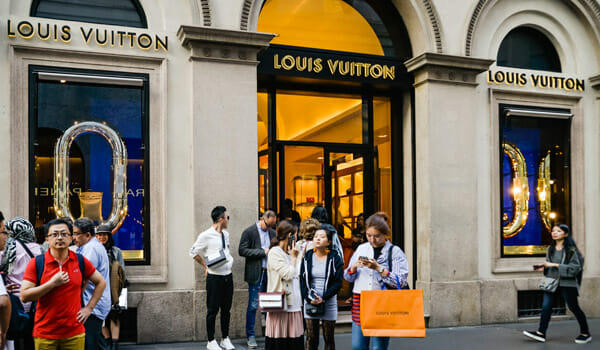Table of Contents
Do Louis Vuitton Burn Their Bags?
For a top fashion house like Louis Vuitton, image and exclusivity are the lifelines of their brand. Unlike most fashion brands, they’ve never had a sale on their merchandise and probably never will. In fact, some Louis Vuitton bags go up in price on an annual basis and only seem to be getting more scarce. So this begs the question, what exactly does Louis Vuitton do with unsold merchandise? Does Louis Vuitton Burn unsold bags?
Louis Vuitton goes to extreme lengths to preserve the demand for their products, so much so that it’s rumored that they literally set fire to their unsold merchandise each year. Read on to find out what we’ve uncovered…
Does Louis Vuitton burn their unsold merchandise?
Burning unsold merchandise is not an uncommon theme in the luxury fashion industry. The bizarre notion was exposed in 2018 when Burberry made headlines for the accusation. It was revealed that Burberry set fire to 36 million dollars worth of unsold merchandise at the end of 2017.
The discovery garnished a lot of backlash for its damaging effects on the environment and overall wasteful nature. The company, feeling the negative pressure, vowed to end the practice and said that going forward they would focus on recycling the unsold materials in order to be more eco-friendly. The fiasco led many industry professionals and luxury lovers to wonder whether other brands like Louis Vuitton participated in the same fiery destruction method.
Although it has not been officially and publicly confirmed whether Louis Vuitton burns their unsold products, it is certain that they do destroy unsold merchandise. It’s been reported that employees who encounter defective or irreparable merchandise will cut the items into tiny pieces so that they’re completely trashed and destroyed. A common cause of defective merchandise is the use of display models in boutiques.

Employees are instructed to sell the display model first and replace it with a fresh bag from the back stock, but this can be problematic. Someone paying thousands of dollars for a bag may not be happy receiving the display model (understandably) and if this occurs often the display model would end up sitting on the shelf for lengths of time, exposing it to color changes from the lighting and wear and tear from being handled by customers. Eventually, the display models’ fate would end up being destroyed if the condition noticeably deteriorates, or sold at a discounted rate to a staff member.
Find out how much Louis Vuitton staff get paid and other perks in this blog.
Where does Louis Vuitton burn their bags?
Since Louis Vuitton claims that it does not burn unsold stock, the location where any unwanted luxury stock is destroyed is unknown.
What does Louis Vuitton do with unsold merchandise?
Sales and discounts are non-existent in the world of Louis Vuitton – unless you are an employee of the company. Unsold and defective merchandise is added to an employee website and sold at heavily discounted prices. Some limited edition and exotic styles can be quite pricy even after a large markdown, so if there are still products left over they are then destroyed.
This is to maintain the level of exclusivity the brand is known for and to drive demand. Louis Vuitton bags cost thousands, and even if you can afford one you can’t always purchase one at a whim because popular styles are usually sold out. This creates a level of desirability and keeps fans interested because once a style does come back in stock there’s less hesitation to add to cart.
The only place that you can buy new Louis Vuitton items that arguably, haven’t sold so well, is on the LVHM-owned website, 24s.com. The website is owned by Louis Vuitton guaranteeing the stock is authentic, yet the styles of bags and other LV luxury goods are mostly from previous seasons, which would indicate this is an outlet for the brand to move stock to customers without damaging the reputation of the main brand. The items on 24s, however, aren’t discounted but they do offer a 10% discount (subject to change) on new Louis Vuitton items for new customers – which you won’t get anywhere else. Buy new Louis Vuitton items on 24s.com here >
Louis Vuitton Destroys Unsold merchandise?
The main reason Louis Vuitton destroys unsold merchandise every year is to prevent price reductions and theft. LV is adamant that all their customers pay full price for their products and you will never find authentic, new Louis Vuitton merchandise on sale. If you come across discounted LV products, they are either fake or pre-loved.

Another reason LV destroys its’ unsold products is to prevent theft. If there was a stockpile of LV merchandise stored in a warehouse somewhere it would be a target for thieves – considering one bag can be worth multiple thousands of dollars, a warehouse full of merchandise would be extremely valuable and a definite target. So as a method of loss prevention, Louis Vuitton proactively destroys unsold merchandise.
There is also a financial incentive for LV to dispose of their unsold goods: they are taxed heavily with duties when products are imported into the US, but if that merchandise is destroyed the company can claim a “duty drawback” where they are able to recoup the cost of duties. This financial incentive is a good enough reason to gain back some of the lost sales of any unsold merchandise.
This destruction method also prevents the over-saturation of products on the market. A product that is difficult to obtain becomes more valuable in the eyes of the customer and keeps the products flying off the shelves when they do go back in stock. Scarcity is one of Louis Vuitton’s key marketing tactics to maintain demand, find out more about ‘why Louis Vuitton is always out of stock’ in this blog.
As painful as it is to imagine beautiful Louis Vuitton merchandise being destroyed, it is a reality. As far as destroying the merchandise by burning it, Louis Vuitton has yet to confirm or deny the allegation, but the rumor is well known in the fashion industry and amongst collectors. Hopefully, Louis Vuitton will follow other brands and utilize an eco-friendly method to up-cycle unsold merchandise in the future.

